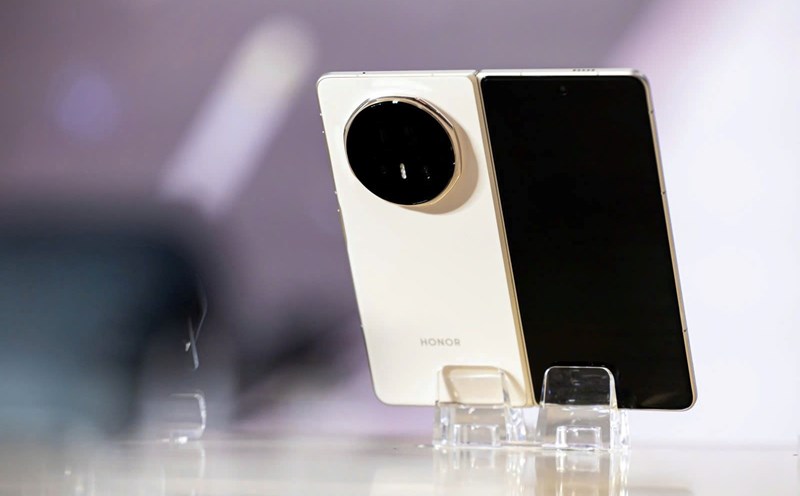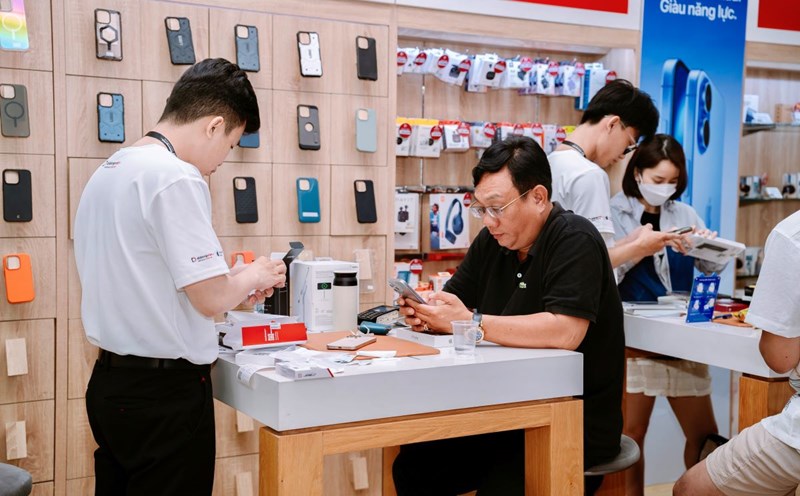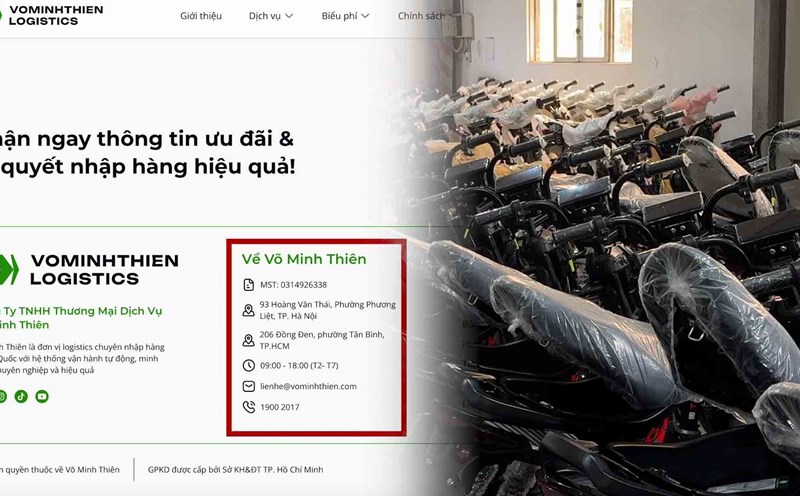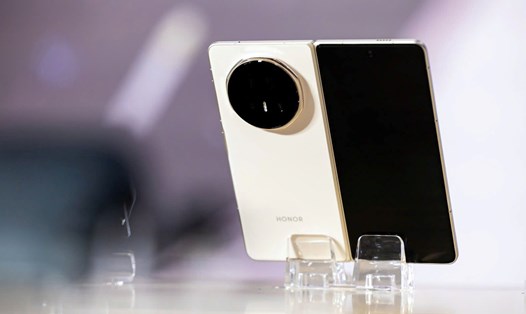According to statistics from market research company Counterpoint Research, 5G smartphones have become popular, accounting for 50% of the total number of smartphones shipped globally in the first half of 2025.
Their penetration has increased rapidly in both developed and emerging markets, mainly due to increased consumer demand, affordable devices and faster deployment of the 5G network.
However, some countries continue to see very slow growth in the 5G market share in the total number of smartphones shipped, significantly falling behind the global average.
In the first half of 2025, the average 5G market share of the top 10 countries will be only 15%. The reason for this is weak infrastructure, low investment and barriers to payment. These countries include Venezuela, Ecuador, Indonesia, Myanmar, Ethiopia, the Democratic Republic of Congo, Kenya, Algeria, Pakistan, Bangladesh.
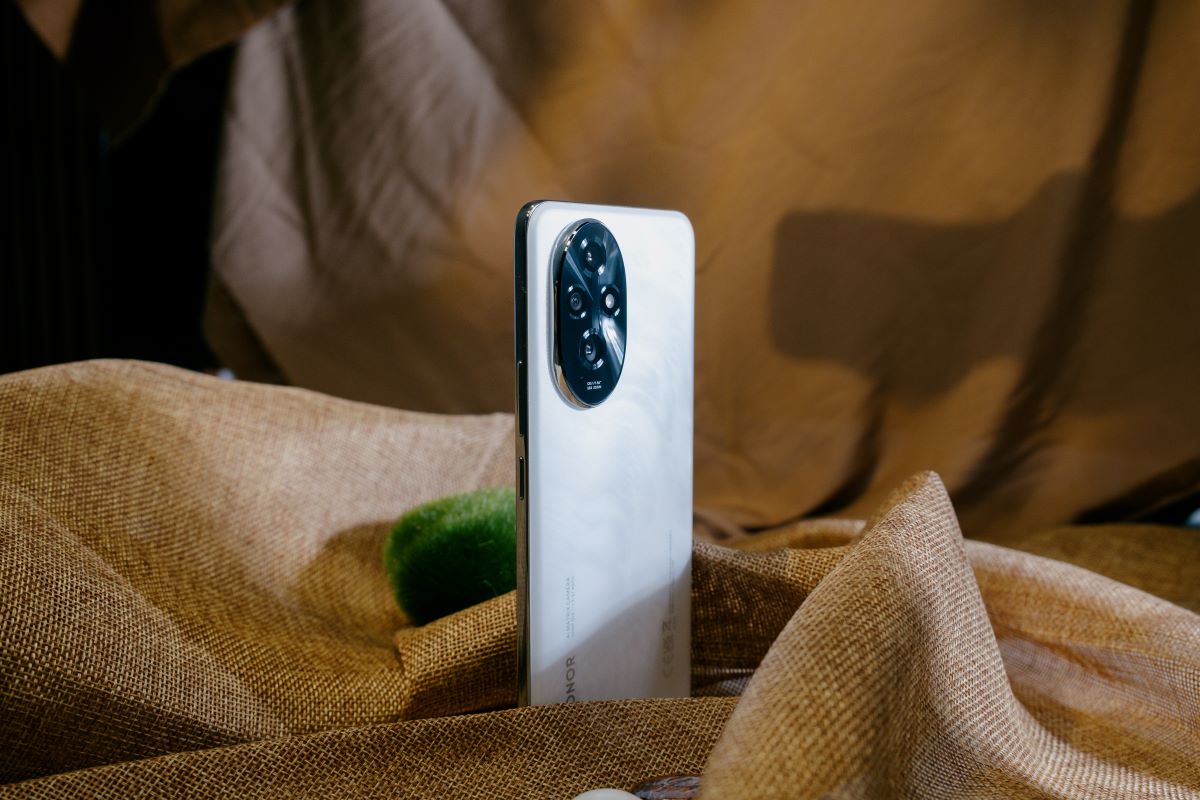
Venezuela ranked lowest, with 5G smartphones accounting for only 1% of the total shipment. Africa has 6 out of 10 countries at the bottom of the table, with Algeria accounting for the highest rate of 22%. Despite having a large smartphone market, Pakistan and Bangladesh recorded the lowest 5G market share in Asia.
Counterpoint Research experts have explained this. For example, in Africa, many countries have low rates of 5G smartphones due to infrastructure problems.
In the Democratic Republic of Congo (DRC), 5G coverage is still limited as network operators are focusing on strengthening 4G while preparing for 5G infrastructure.
Or like Ethiopia deployed its first commercial 5G service in 2022 through state-owned Ethio Telecom. However, after three years, the 5G market share is still only 13% of the total number of smartphones sold.
In Asia, Pakistan is the seventh largest market in smartphone sales in the first half of 2025, but has yet to deploy 5G service. The government has delayed regular auctions since 2021 due to issues with costs, infrastructure, and equipment.
The Bangladesh smartphone market is mainly focused on devices under $1500, while most 5G phones cost over $250, slowing down the growth of 5G.
Although 5G is developing steadily, 4G is expected to remain a key mobile network in these developing countries until at least 2030. The 5G application will only accelerate when devices become more accessible thanks to domestic production or subsidies, expanded network coverage and brands actively promote 5G devices.

